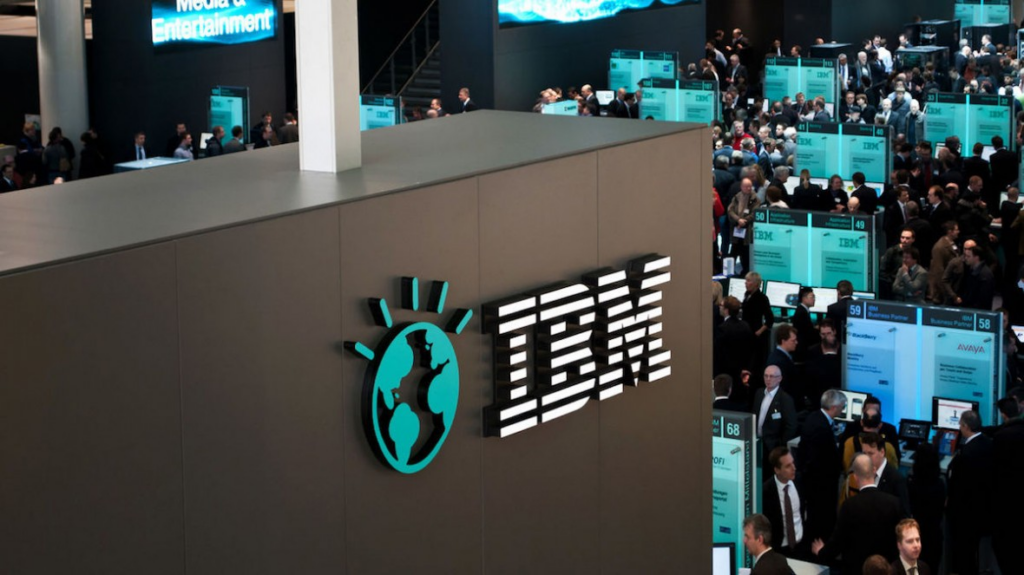
Introduction
In the ever-evolving landscape of technology, one company has consistently stood as a pioneer – IBM. From its origins in the early 20th century to its current position as a global tech giant, IBM has played a pivotal role in shaping the digital age. In this article, we will delve into the history, contributions, and impact of IBM, highlighting its journey as a transformative force in the world of technology.
The Genesis of IBM
Founding a Technological Legacy
IBM, which stands for International Business Machines Corporation, was founded in 1911 as the Computing-Tabulating-Recording Company (CTR). The company initially focused on producing mechanical devices for data processing and tabulation. In 1924, it was renamed IBM, reflecting its expanded scope in the realm of information technology.
Driving Technological Advancements
Mainframes: Revolutionizing Data Processing
IBM’s most significant early contribution came with the introduction of mainframe computers. These powerful machines revolutionized data processing and computation, enabling organizations to handle large volumes of information more efficiently. IBM’s System/360, launched in 1964, marked a pivotal moment in computing history, offering compatibility across a range of models.
Pioneering Computer Programming
IBM’s commitment to innovation extended to software development. The company introduced Fortran and COBOL, two programming languages that played a crucial role in advancing computer science. These languages made it easier for programmers to write and execute code, contributing to the growth of the software industry.
IBM’s Impact on Computing
Laying the Foundation for Personal Computing
While IBM was known for its mainframes, it also played a role in the rise of personal computing. The IBM PC, introduced in 1981, set a standard for compatibility and functionality. Its open architecture allowed third-party components and software, leading to the widespread adoption of personal computers.
Artificial Intelligence and Cognitive Computing
IBM’s commitment to innovation led to the development of artificial intelligence (AI) and cognitive computing technologies. IBM’s Watson, a cognitive computing system, gained fame for its ability to analyze vast amounts of data and provide insights. This technology has found applications in healthcare, finance, and more.
IBM’s Evolution as a Tech Leader
Diversification and Innovation
Over the years, IBM expanded its portfolio beyond hardware and software. The company ventured into services, cloud computing, and analytics, embracing the changing technological landscape. IBM’s acquisition of Red Hat in 2019 further solidified its position as a leader in open-source technology.
Corporate Social Responsibility and Ethics
IBM’s impact extended beyond technology. The company has been a trailblazer in corporate social responsibility and ethical practices. From promoting diversity and inclusion to addressing environmental challenges, IBM’s commitment to responsible business practices sets an example for the industry.
Challenges and Future Endeavors
Navigating Technological Shifts
IBM faced challenges as technology evolved. The decline in demand for mainframes and the rise of competitors in various sectors required the company to adapt and redefine its strategies.
Embracing Quantum Computing
IBM’s future ambitions include the realm of quantum computing. The company has made significant strides in developing quantum computers, which have the potential to revolutionize fields such as cryptography, optimization, and scientific research.
Conclusion
From its early days in mechanical data processing to its current advancements in quantum computing, IBM’s journey has been marked by innovation, adaptability, and leadership. Its contributions have shaped the course of technological progress, spanning industries and generations. As we move into an era of unprecedented technological advancements, IBM’s legacy as a pioneering force remains an inspiration for the future.



